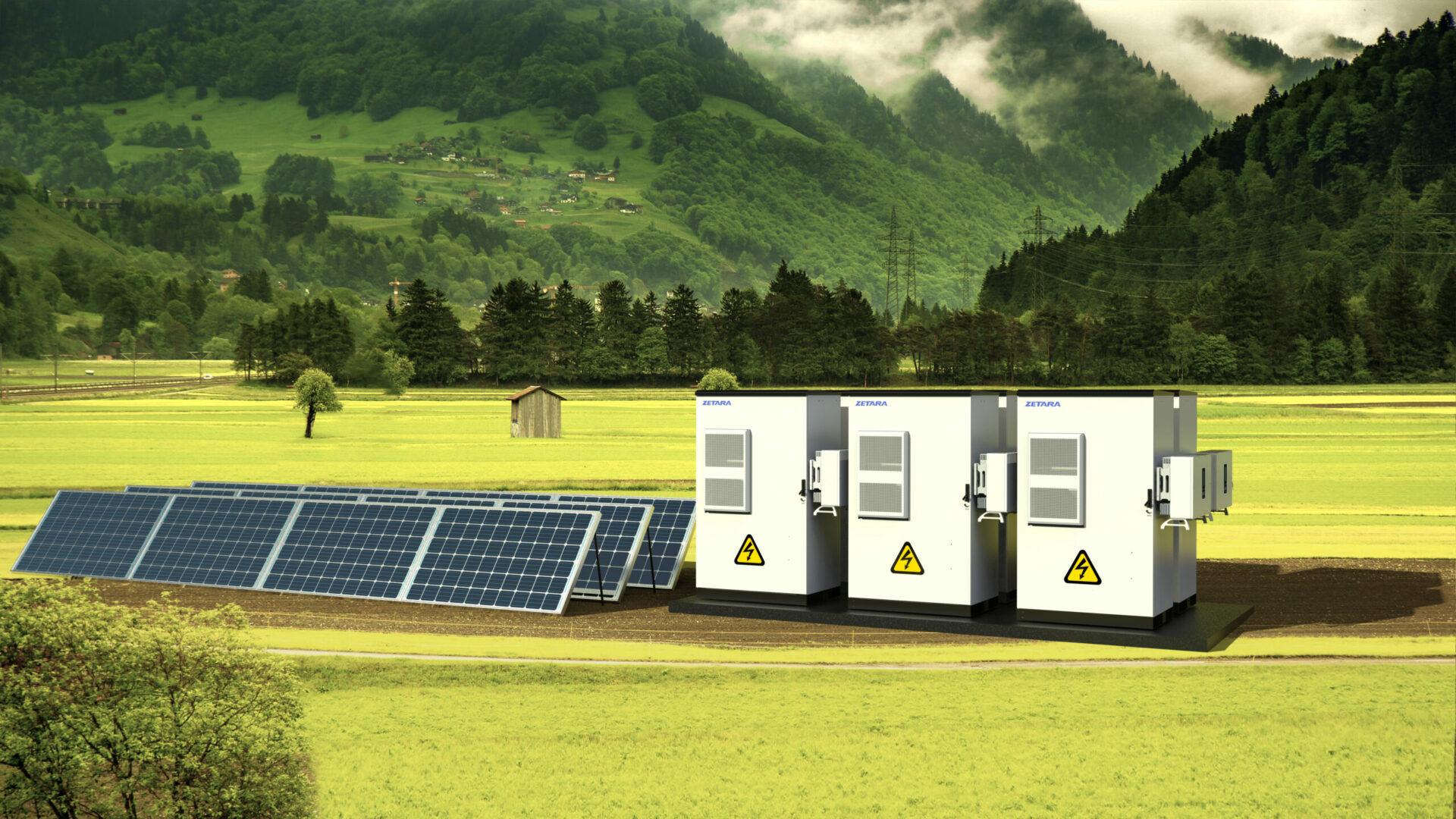
Peak shaving is a powerful strategy for businesses aiming to lower energy costs and improve operational efficiency. By focusing on reducing the Leistungspreis (demand price) and optimizing energy usage, companies can achieve significant cost savings and sustainability benefits. In this guide, we explore the benefits of peak shaving, its role in managing Leistungspreis, and effective strategies for implementation.
1. What is Peak Shaving?
Peak shaving refers to the process of reducing electricity consumption during periods of high demand (peak times). This strategy is essential for minimizing the Leistungspreis, a significant component of energy costs in Germany, which is calculated based on the highest 15-minute power demand in a billing period.
2. Benefits of Peak Shaving
Peak shaving offers multiple advantages for businesses, including:
- Lower Energy Costs: Reducing peak demand directly lowers the Leistungspreis, saving businesses thousands of euros annually.
- Improved Grid Stability: Helps stabilize the energy grid by reducing strain during high-demand periods.
- Increased Energy Efficiency: Encourages efficient energy use by shifting consumption to off-peak times.
- Reduced Carbon Emissions: Minimizes reliance on fossil fuel-powered plants typically used during peak demand.
- Enhanced Savings with Energy Storage: Using battery energy storage systems allows businesses to store energy during off-peak periods for use during peaks.
- Eligibility for Incentives: Some regions offer financial incentives for businesses implementing peak shaving strategies.
3. Arbeitspreis and Leistungspreis
In Germany, electricity bills often include two main pricing components:
3.1 Arbeitspreis (Energy Price)
Definition: A charge based on the total electricity consumed (measured in kilowatt-hours, kWh) during the billing period.
Purpose: Covers the cost of the actual energy supplied, including generation and delivery.
Relevance: This component incentivizes consumers to reduce overall energy consumption.
3.2 Leistungspreis (Demand Price)
Definition: A charge based on the maximum power demand (measured in kilowatts, kW) during a billing period.
Purpose: Reflects the cost of ensuring grid capacity to meet the highest power needs of a consumer.
Relevance: Particularly significant for industrial users with high, variable power demands. Reducing peak demand through peak shaving can lower the Leistungspreis.
4. Detailed Explanation of Leistungspreis in Germany
4.1. Definition of Leistungspreis
The Leistungspreis is a component of an electricity bill in Germany that charges businesses based on their highest power demand (measured in kilowatts, kW) during a billing period. This charge reflects the cost of maintaining grid infrastructure to provide sufficient capacity to meet the consumer’s peak power requirements.
4.2. How Leistungspreis Is Calculated
Measurement: The Leistungspreis is determined by measuring the highest 15-minute average power demand within a billing period (typically monthly). This peak value sets the basis for the demand charge.
Cost Structure: The charge is expressed as a fixed rate per kilowatt (e.g., €/kW).
For example: If the peak demand is 500 kW and the Leistungspreis rate is €10/kW, the monthly demand charge would be 500 × €10 = €5,000.
4.3. Why Leistungspreis Exists
Grid Stability: Grid operators must ensure the electrical infrastructure can handle peak loads, requiring investments in capacity even if these peaks occur infrequently.
Fair Distribution of Costs: High-demand users place more strain on the grid, so the Leistungspreis ensures they contribute proportionally to maintaining infrastructure.
4.4. Impact of High Peak Demand
Higher Costs: A single short-duration peak can result in a significantly higher Leistungspreis for the entire billing period.
Inefficiency: High peaks often reflect inefficient energy usage patterns, such as simultaneous operation of energy-intensive equipment.
4.5. Strategies to Reduce Leistungspreis
Peak Shaving: Businesses can lower their peak demand by shifting energy-intensive activities to off-peak times or using battery storage systems to supplement power during peak periods. For example, a factory can schedule heavy machinery operations to avoid overlapping usage.
Load Management: Smart energy management systems can monitor and control equipment to ensure power demand remains below a set threshold.
Battery Energy Storage: Batteries can store energy during off-peak times and discharge it during peak demand, reducing the reliance on grid power and minimizing peaks.
On-Site Renewable Energy: Solar panels or wind turbines can provide supplementary power during peak times, reducing reliance on the grid.
Energy Efficiency Improvements: Upgrading to energy-efficient equipment can lower overall power demand and smooth out peaks.
4.6. Example of Peak Shaving Savings
A manufacturing plant operates several machines simultaneously, resulting in a peak demand of 1,000 kW for 15 minutes during the billing period. If the Leistungspreis is €10/kW, their demand charge will be:
1,000 × €10 = €10,000
By implementing peak shaving (e.g., staggering machine operation or using battery storage), the plant reduces its peak demand to 750 kW. The new demand charge becomes:
750 × €10 = €7,500
The total savings for the billing period are:
€10,000 – €7,500 = €2,500
4.7. Who Benefits Most from Managing Leistungspreis
Energy-Intensive Industries: Manufacturing plants, steel mills, and chemical factories often have high and variable demand, making them prime candidates for reducing peak loads.
Large Commercial Users: Data centers, hospitals, and large office buildings can also benefit from peak shaving to reduce Leistungspreis.
5. Conclusion: Achieving Cost Savings with Peak Shaving
Adopting peak shaving strategies not only reduces the Leistungspreis but also contributes to energy efficiency, sustainability, and operational savings. With solutions like battery energy storage and renewable energy integration, businesses can optimize energy costs while supporting grid stability.
;)
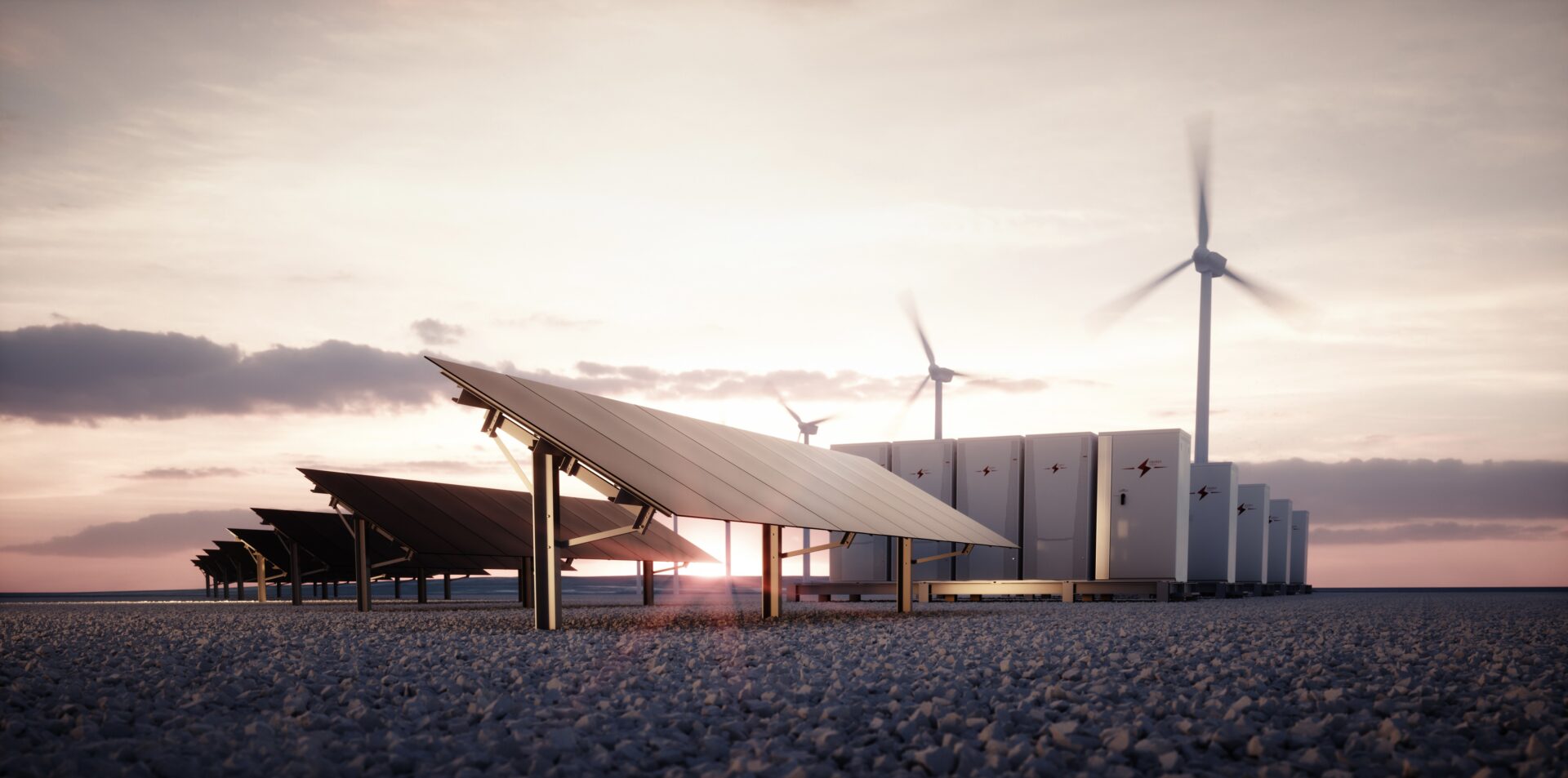;)
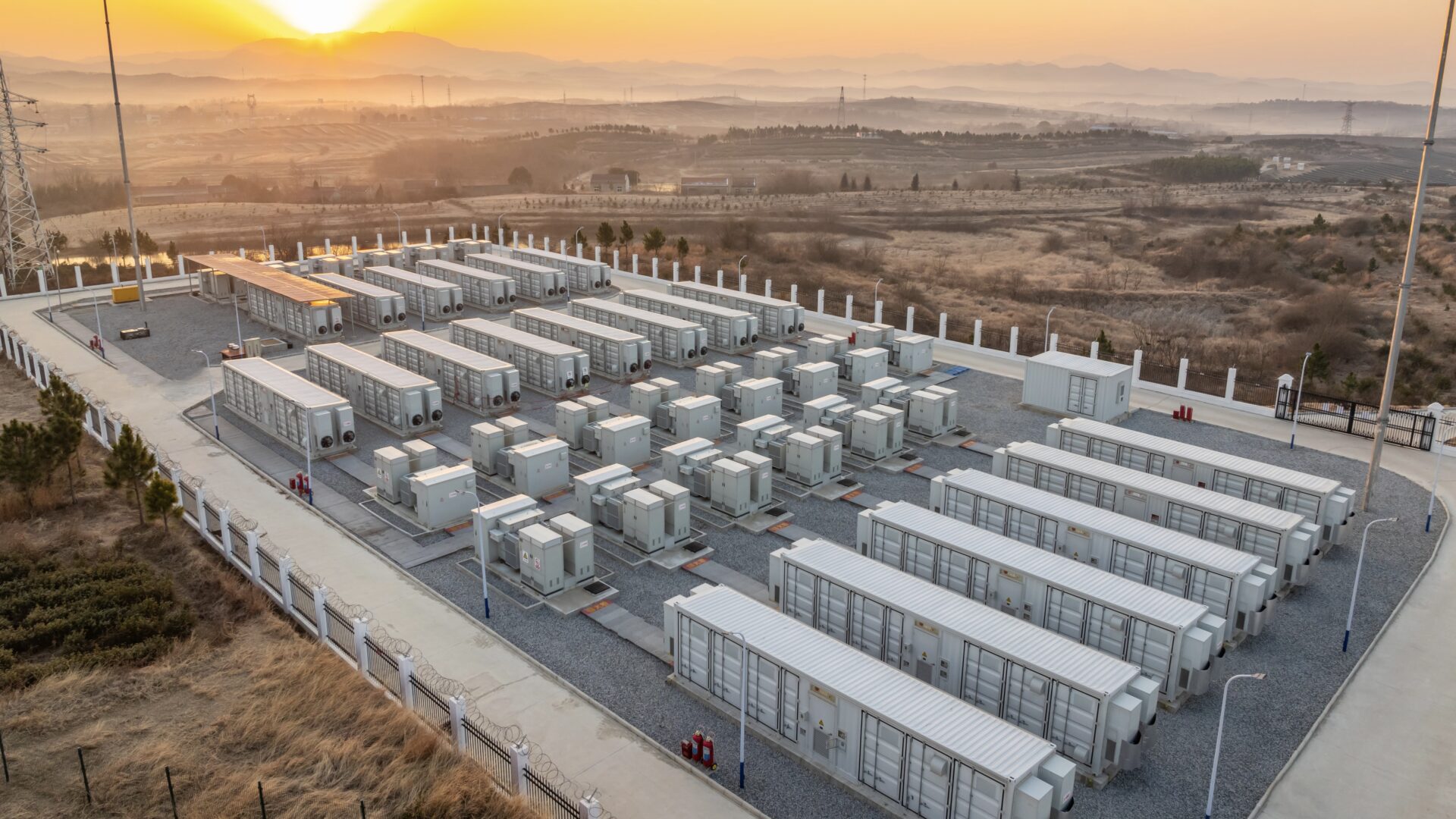;)
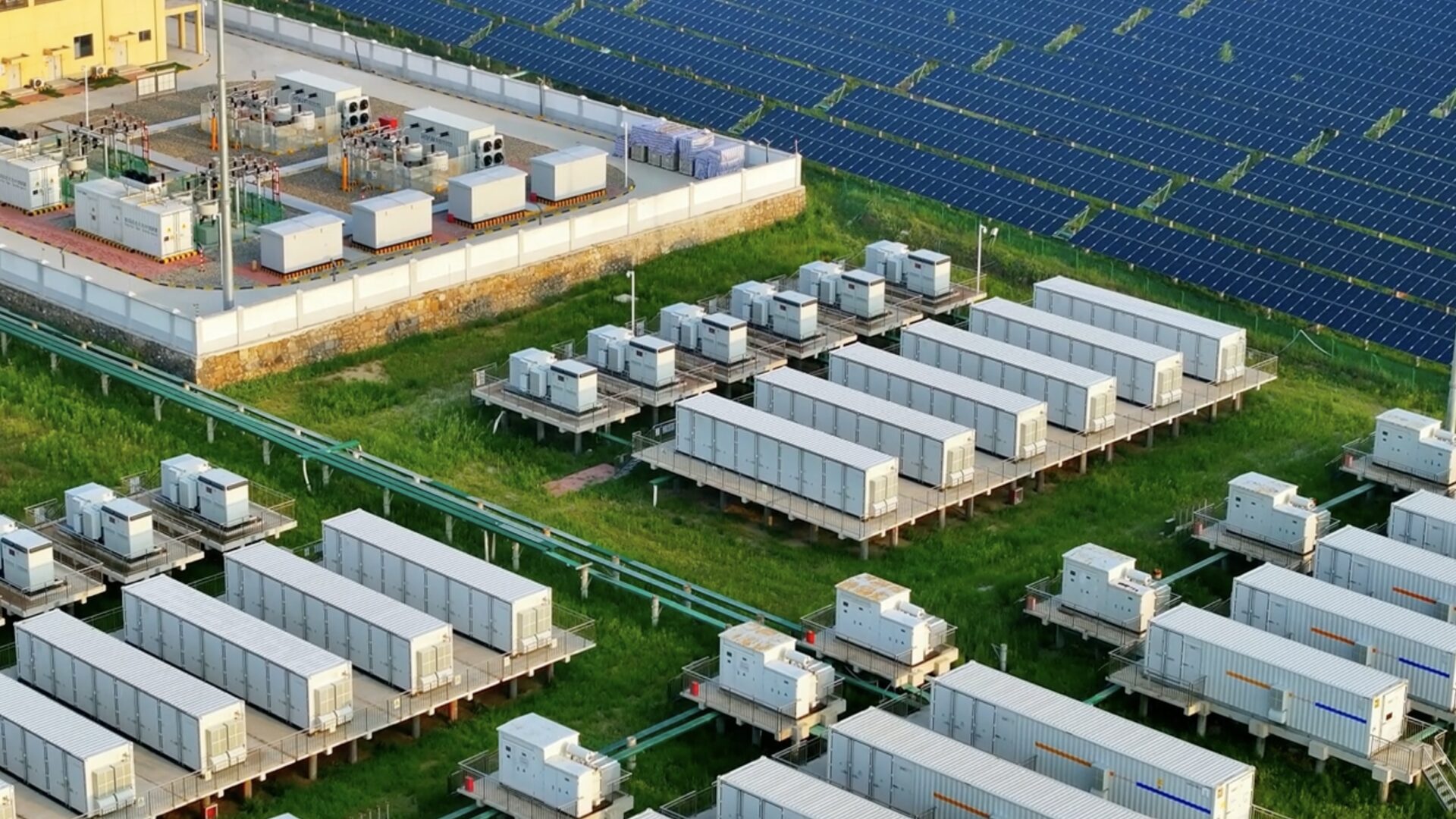;)

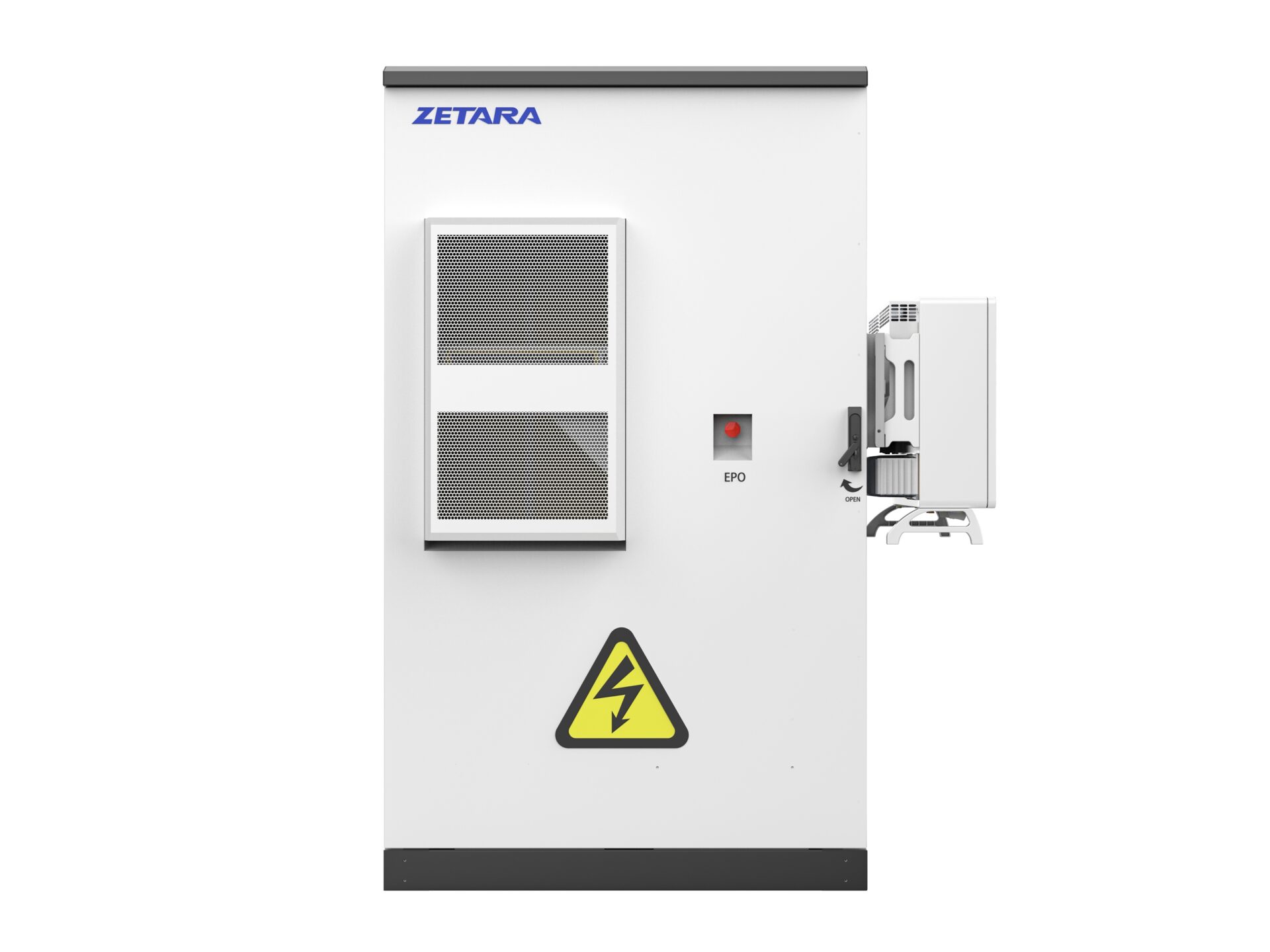
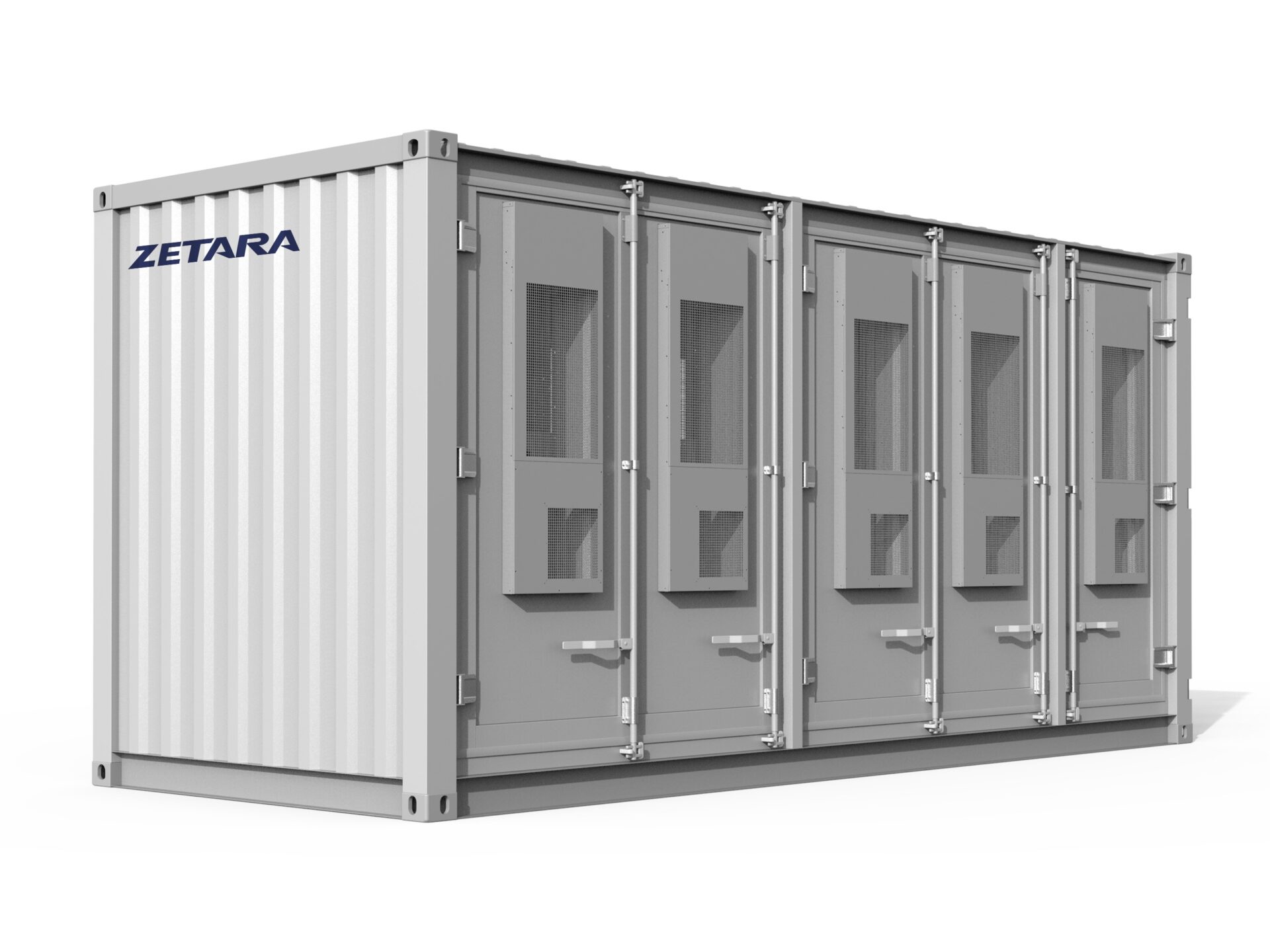
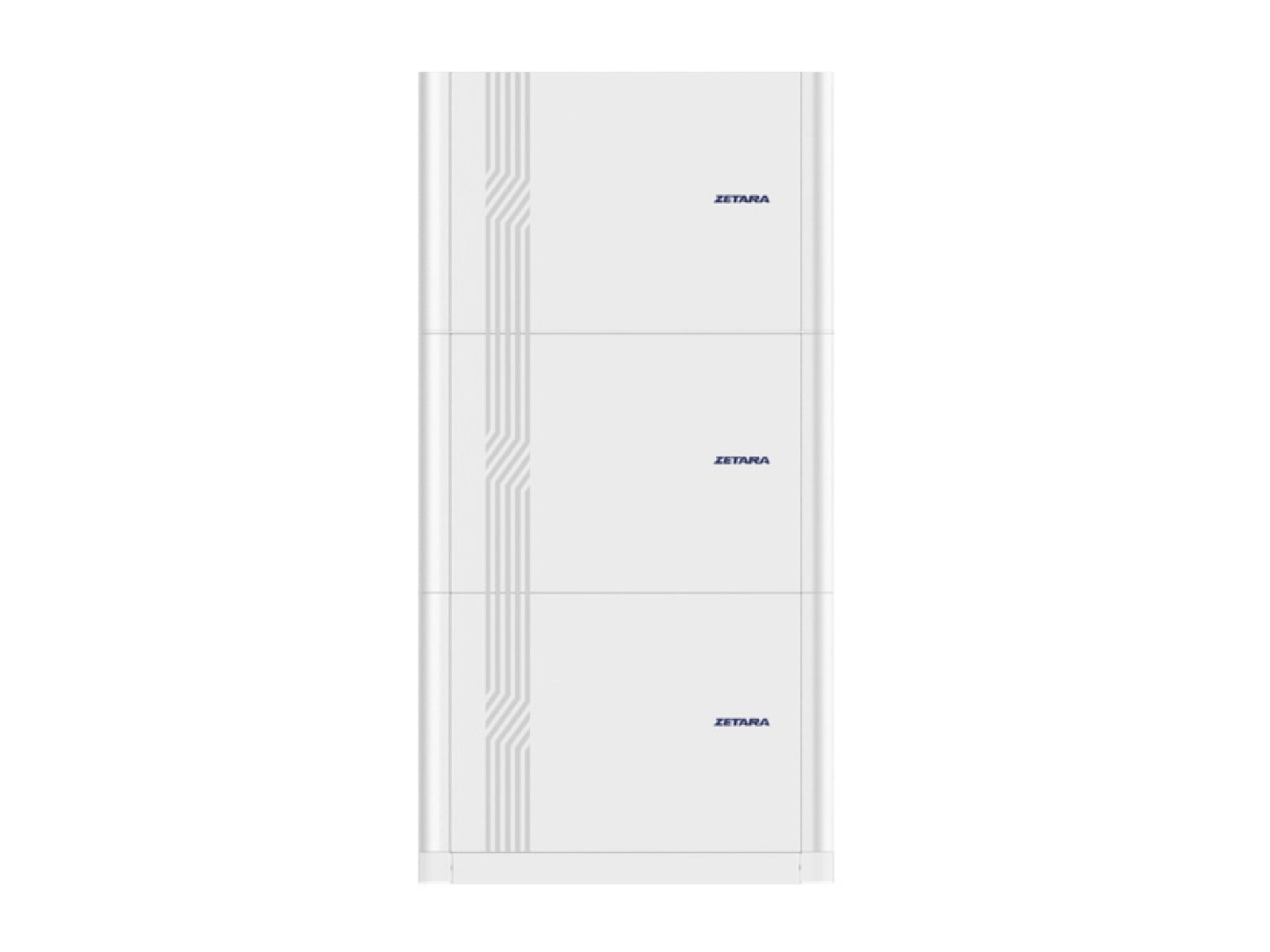
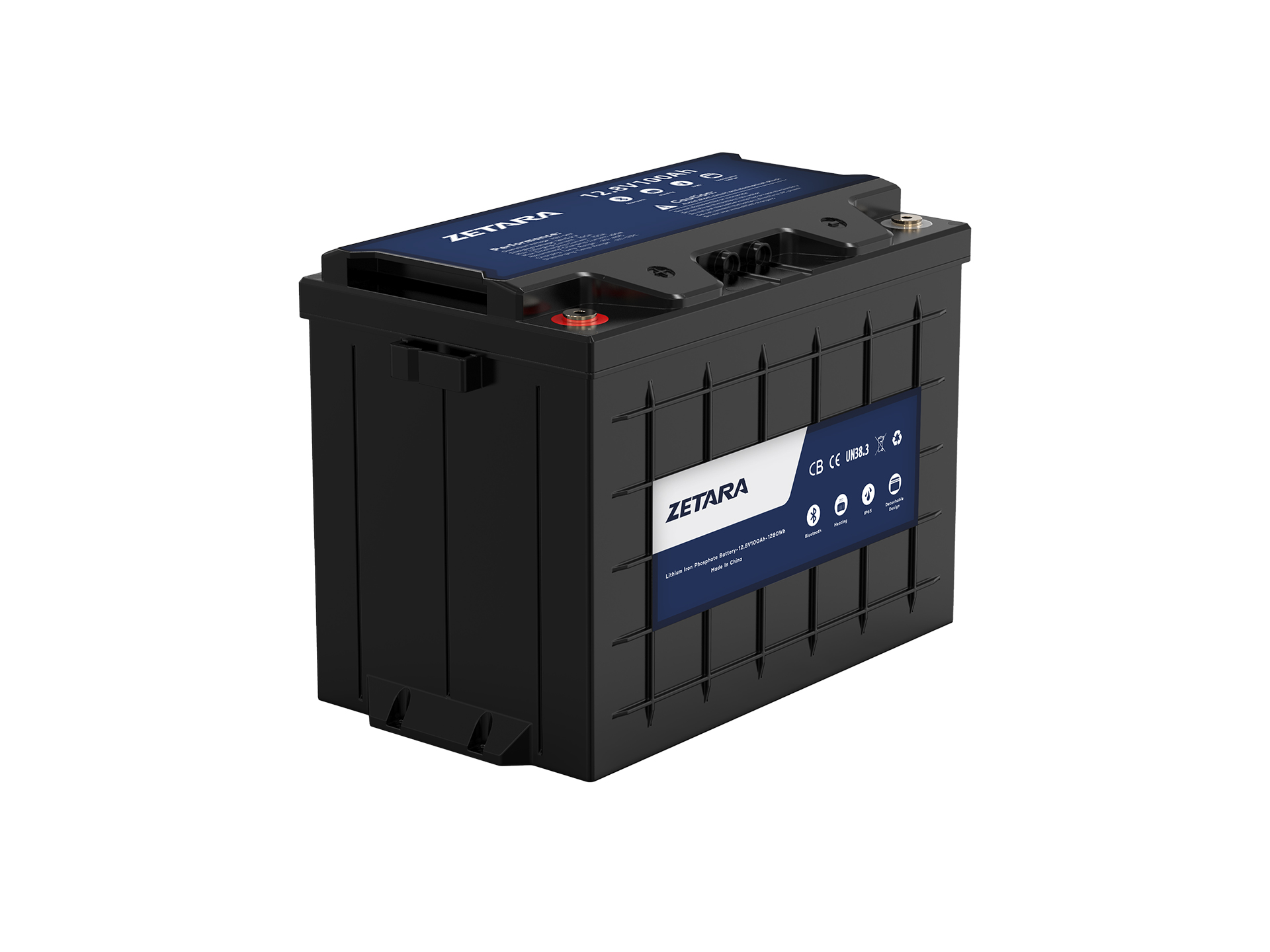


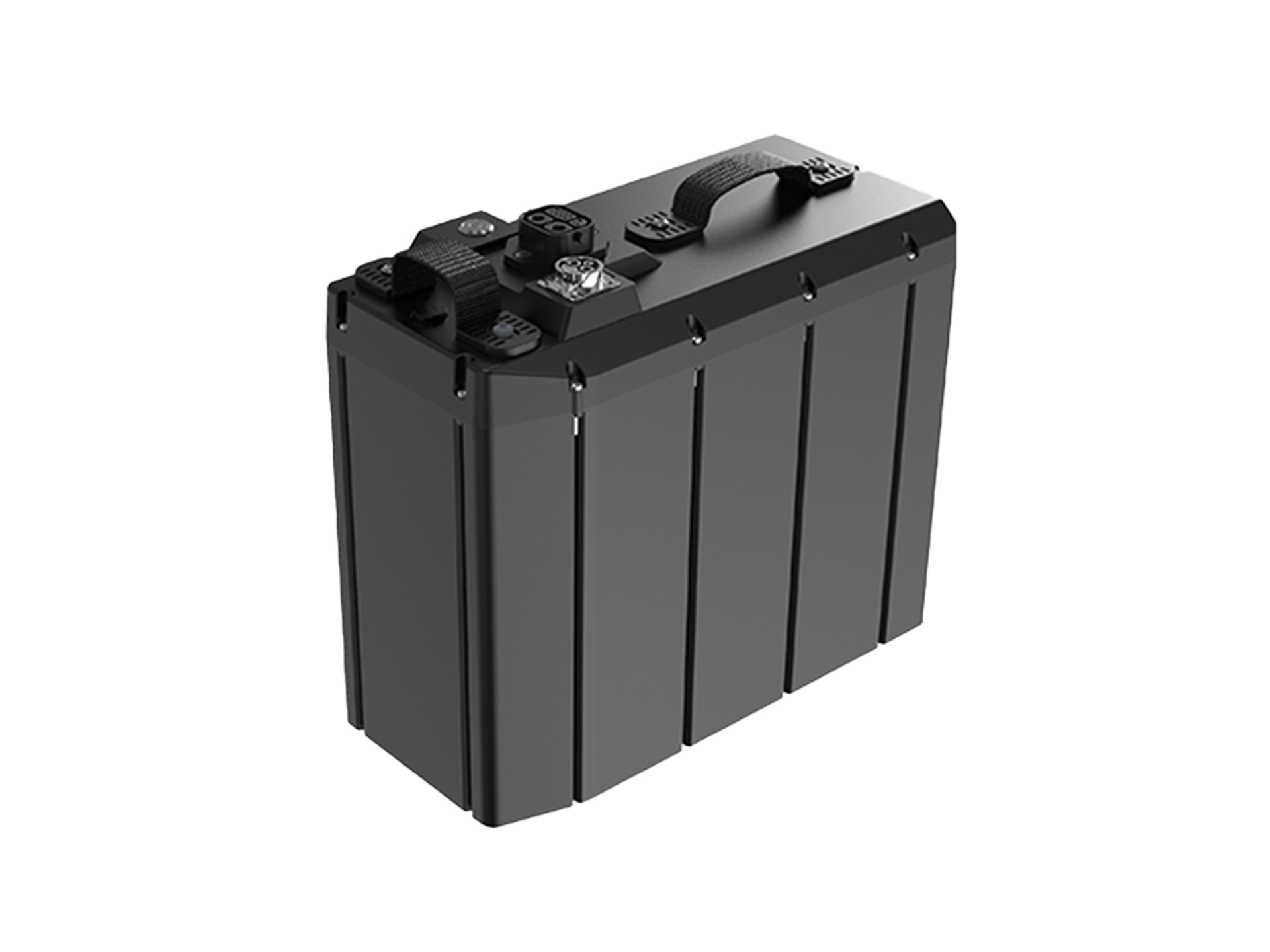
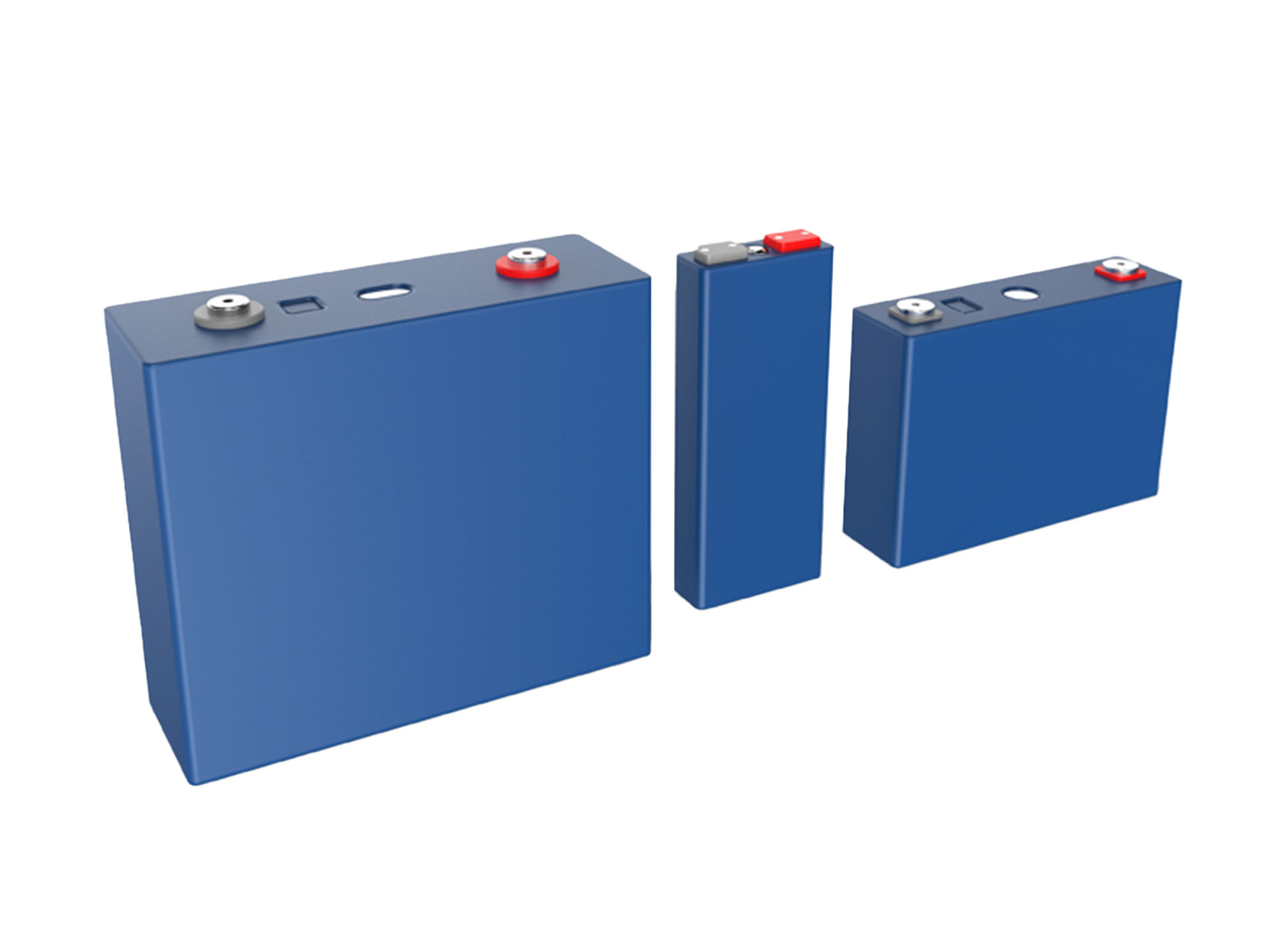
;)
;)
;)
;)
;)
;)
;)
;)
;)
;)
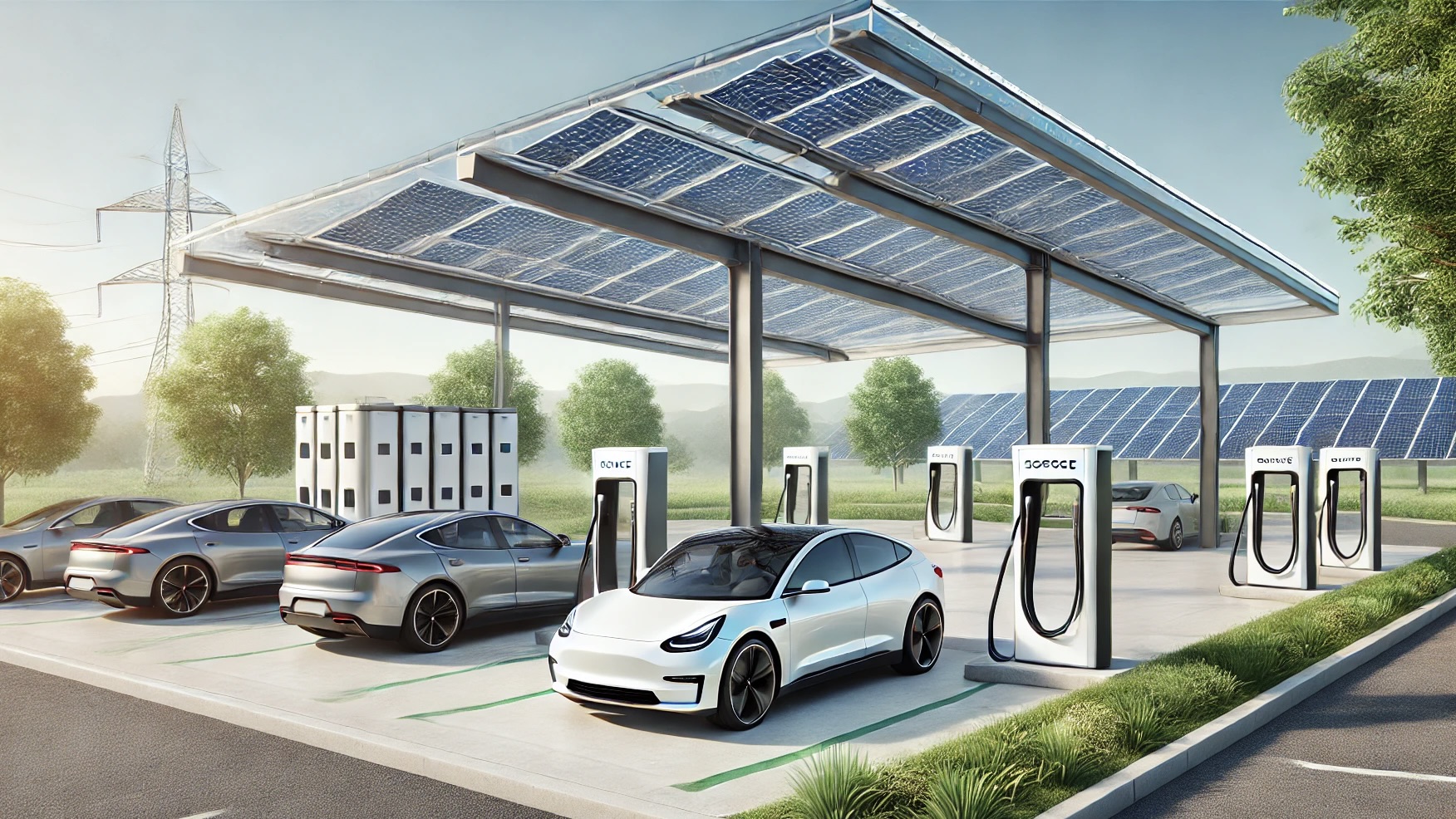;)
;)
;)
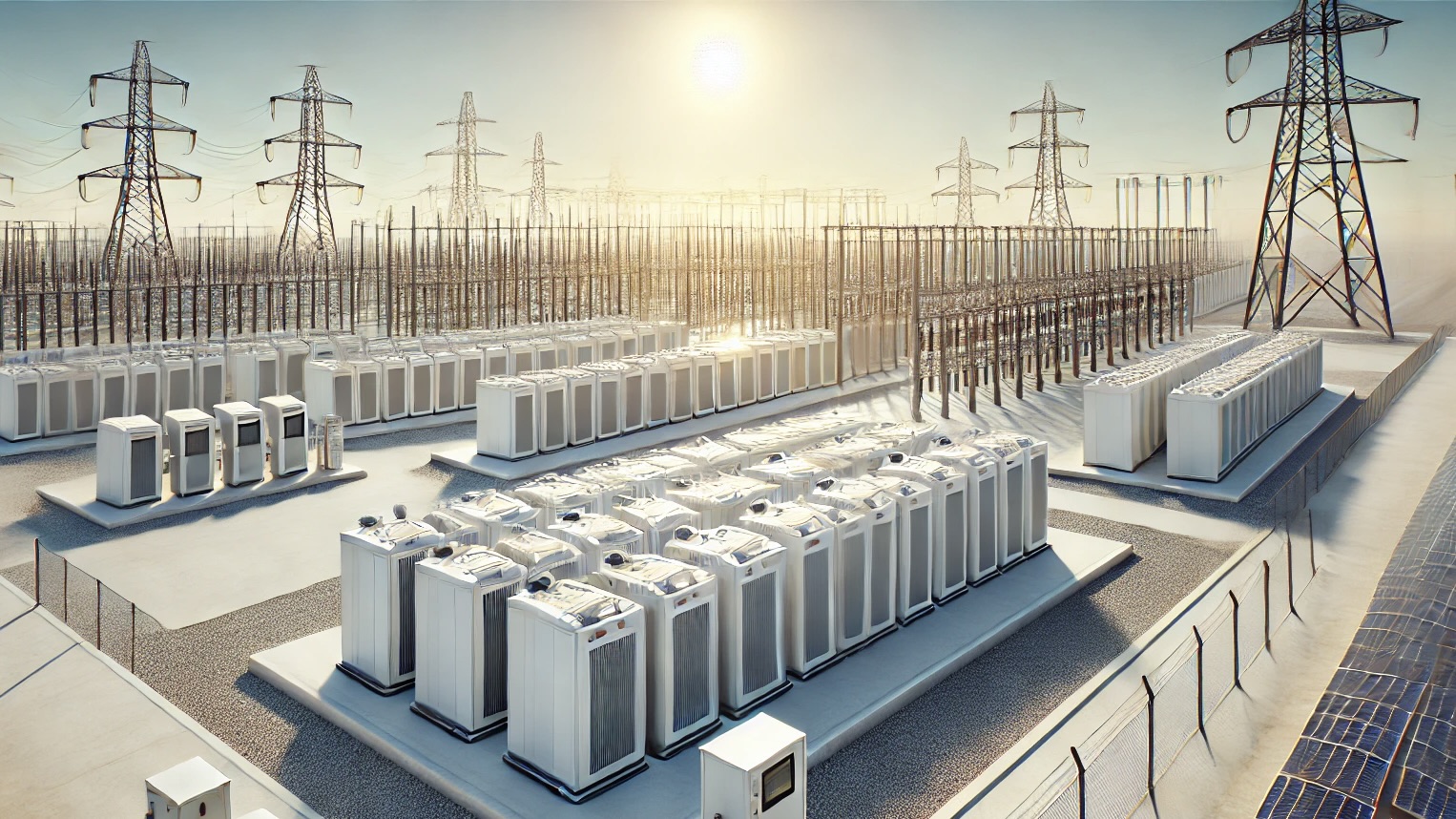;)
;)